Archive
Tag: FAQ
| UNICEF
Page COVID-19 & stigma: How to prevent and address social stigma in your community
The coronavirus' spread and global reach has been a source of concern and a call for collective action to prevent the virus from spreading further. While you may be feeling...
Tool | Ready Initiative
Step-by-Step: Engaging Communities during COVID-19
This user-friendly guide will help advance meaningful community engagement to address the effects of COVID19 on the health and well-being of communities, and could be adapted for use in child...
Briefing | UNFPA
Risk Communication and Community Engagement with Young People Left Behind During COVID-19
To help tackle how COVID-19 is upending young people’s lives, briefs under “My life” cover comprehensive sexuality education, risk communication with those young people left behind and girls’ empowerment, particularly...
Tool | ODI
Tips for collecting primary data in a Covid-19 era
This document bring together experiences of, and resources for, collecting remote primary data in a Covid-19 era. These materials come from books, journal articles, newspaper articles, blogs and webpages, and...
Briefing | HPG, ODI
COVID-19: a watershed moment for collective approaches to community engagement?
Effective communication and community engagement (CCE) is a critical component of the response to Covid-19 in humanitarian settings. CCE has a vital role to play in supporting affected people to...
| Ready Initiative
An interagency guidance note on working with communities in high density settings to plan local approaches to preventing and managing COVID-19
This practical guidance note is intended for anyone involved in COVID-19 risk communication and community engagement (RCCE) efforts in complex and fragile settings in Africa, which includes refugee and internally...
| IFRC, UNICEF, WHO
Community-based health care, including outreach and campaigns, in the context of the COVID-19 pandemic
Community-based health care is an essential part of primary care at all times; in the context of the COVID-19 pandemic, the distinct capacity of trusted community members for social engagement...
| GOARN, IFRC, UNICEF, WHO
Tips for engaging communities during COVID-19 in low-resource settings, remotely and in-person
This brief provides key considerations for engaging communities on COVID-19 and tips for how to engage where there are movement restrictions and physical distancing measures in place, particularly in low-resource...
Training materials | GOAL
Community-Led Action (CLA) for COVID-19
This Field Manual was developed by GOAL for GOAL Community Mobilisers implementing the Community-Led Action (CLA) approach to reduce the spread of COVID-19 in their communities. It can also be...
| IFRC, OCHA, WHO
COVID-19: How to include marginalized and vulnerable people in risk communication and community engagement
Women, the elderly, adolescents, youth, and children, persons with disabilities, indigenous populations, refugees, migrants, and minorities experience the highest degree of socio-economic marginalization. Marginalized people become even more vulnerable in...
Guidance | WHO
Risk Communication and Community Engagement (RCCE) Action Plan Guidance COVID-19 Preparedness and Response
This tool is designed to support risk communication, community engagement staff and responders working with national health authorities, and other partners to develop, implement and monitor an effective action plan...
|
Behaviour Change Toolkit
This concise and practical toolkit is designed to give development practitioners the know-how they need to understand people's behaviours and to help them in designing and implementing effective behaviour change...

